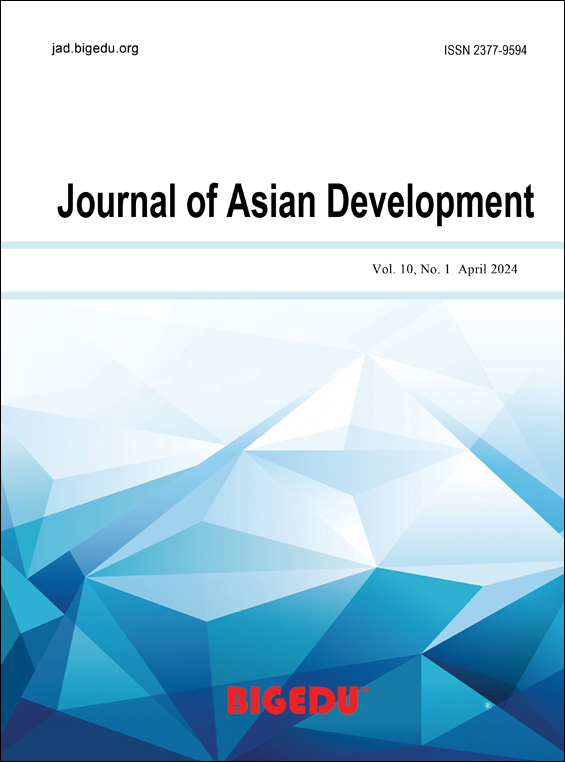Women’s Sexuality through Ratauli Songs in Hindu Society
DOI: https://doi.org/10.5296/jad.v7i1.18071
Keywords:
Ratauli, Ratauli songs, marriage, wedding ritual, events, sexuality, patriarchy etcAbstract
The aim of this research is to identify the voices of women, about their sub- ordination, oppression that has been practiced in Nepalese society and culture through the analysis of lyrics of Ratauli songs. The contradictions between the myths about gender and real experienced (by suffered in realist manner) is also over looked and tried to analyze the situation experience by Women and non-women in Nepali society. To understand the socio-cultural feeling, emotion, aspiration, lyrics of music may be the probable means to analyze what message is provided, what is understood by the people. How message can help to unite the people and what is the role performed by these lyrics of music in society and culture in physical as well as socio-cultural sphere in society and culture.
General objectives of this research are to identify the nature, types and dimension of Ratauli songs. Specifically, the formation of Ratauli songs, their contents with various dimensions, culture, social context and time relative are also researched here. The conducted research explored more about different aspects of Ratauli songs their contexts and its formation in different time periods as well as carried contents and their messages. This research found comparisons between the context and content of Ratauli songs in different time.
Downloads
Published
How to Cite
Issue
Section
License
Copyright (c) 2021 Bishnu Prasad Dahal

This work is licensed under a Creative Commons Attribution 4.0 International License.
Copyrights of all articles published in Bigedu Foundation are retained by the authors, with first publication rights granted to the journal. The journal/publisher is not responsible for subsequent uses of the work.
All articles are published under the Creative Commons Attribution (CC-BY) license.
Authors have the rights to reuse, republish, archive, and distribute their own articles after publication, and undertake to permit others to distribute, remix, adapt, and build upon this work non-commercially provided the original work is properly cited. The full guidance that applies to the CC-BY license can be found at http://creativecommons.org/licenses/by/4.0/







